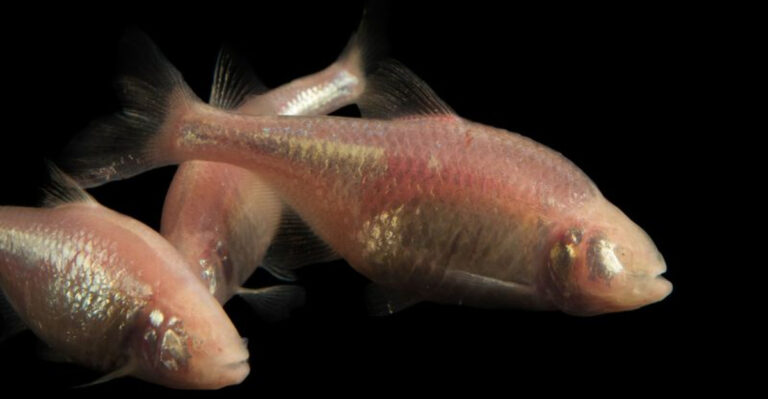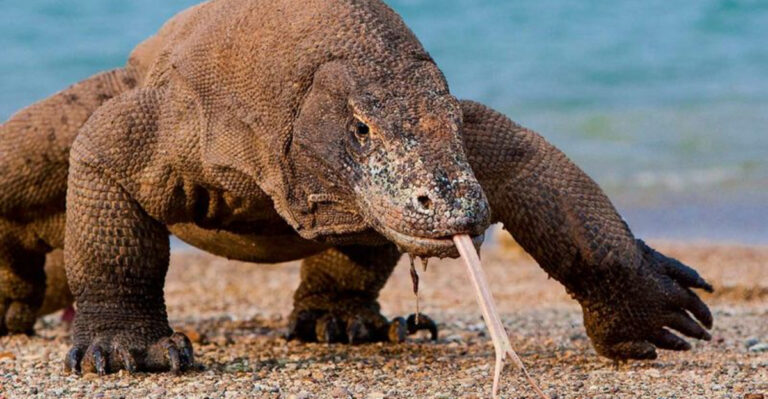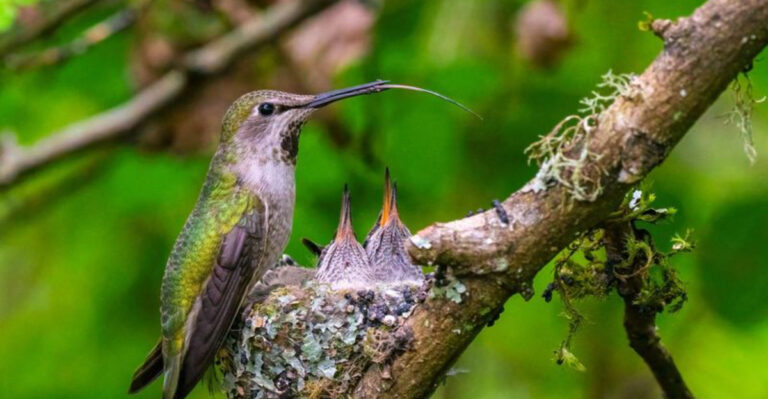27 Extraordinary Animals That Stand Alone in Their Species
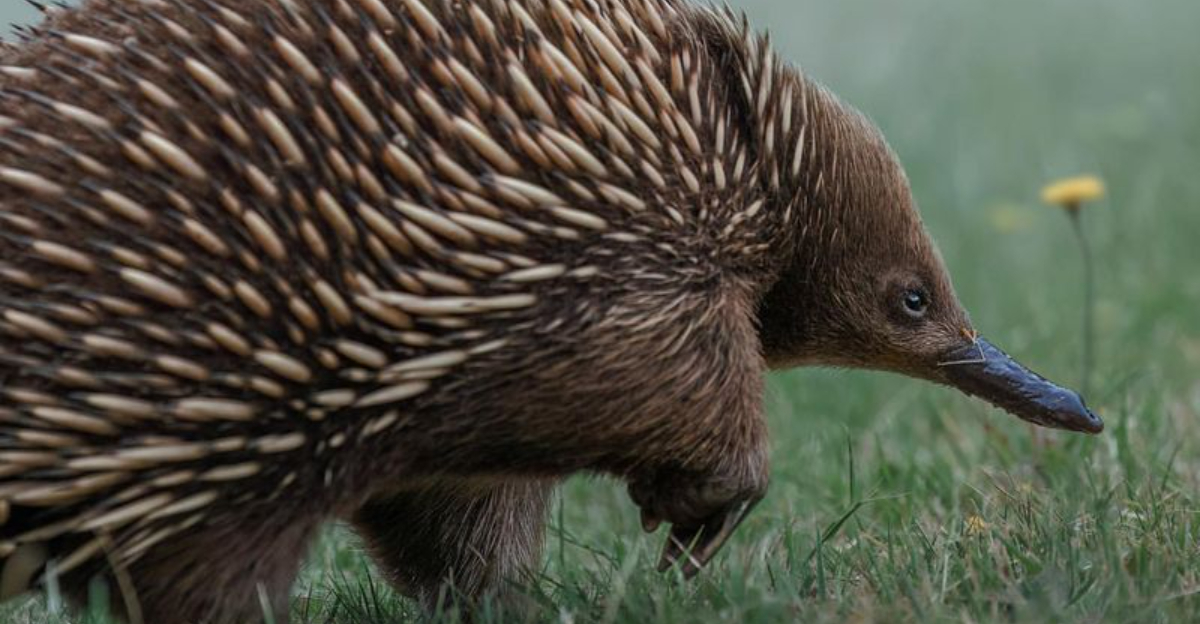
Explore the fascinating world of unique animals that each stand alone in their respective classes.
From the egg-laying Platypus to the vibrant Leafy Sea Dragon, each creature showcases the diversity and wonder of the animal kingdom. Join us in discovering what makes each of these animals truly one-of-a-kind.
1. Yeti Crab
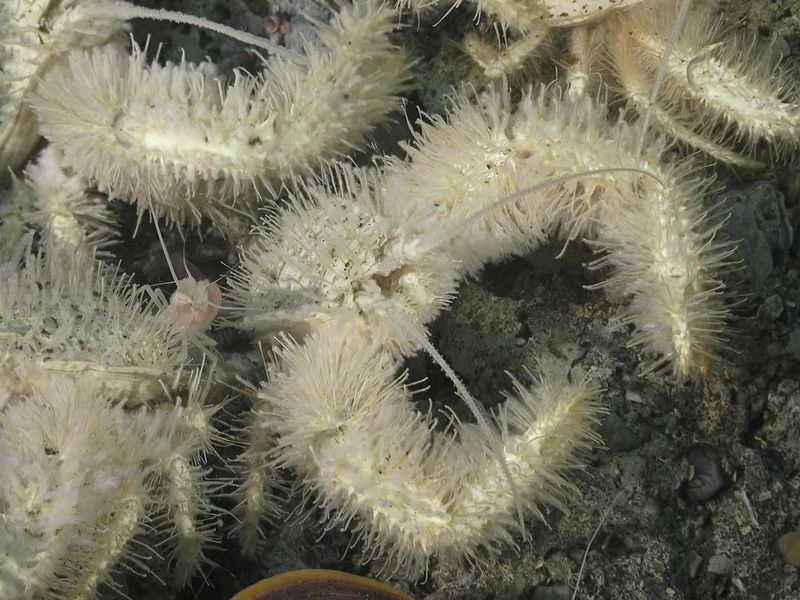
The Yeti Crab is a truly unique creature found deep beneath the ocean.
Its hairy pincers give it a distinct look, and it is the only known species of crab to possess these “hairy” pincers, which are believed to help it harvest bacteria to digest minerals from the hot water vents in its environment. This fascinating adaptation sets it apart in the animal kingdom.
2. Dumbo Octopus
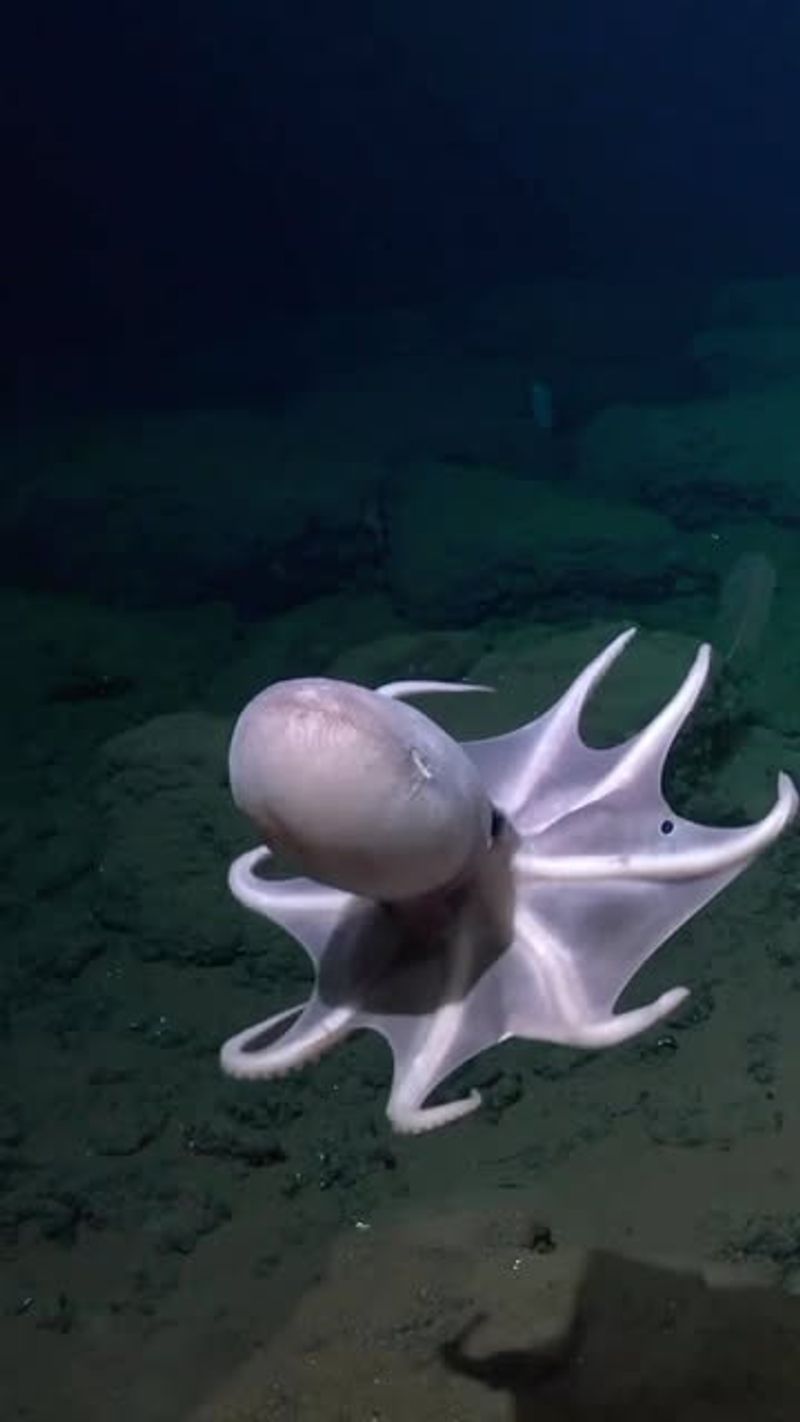
With its large, ear-like fins that resemble the character of Disney’s Dumbo, the Dumbo Octopus is an extraordinary creature.
It is the only species in the genus Grimpoteuthis, a deep-sea octopus known for its unique ability to “fly” through the water using its fins, giving it an appearance unlike any other octopus species.
3. Platypus
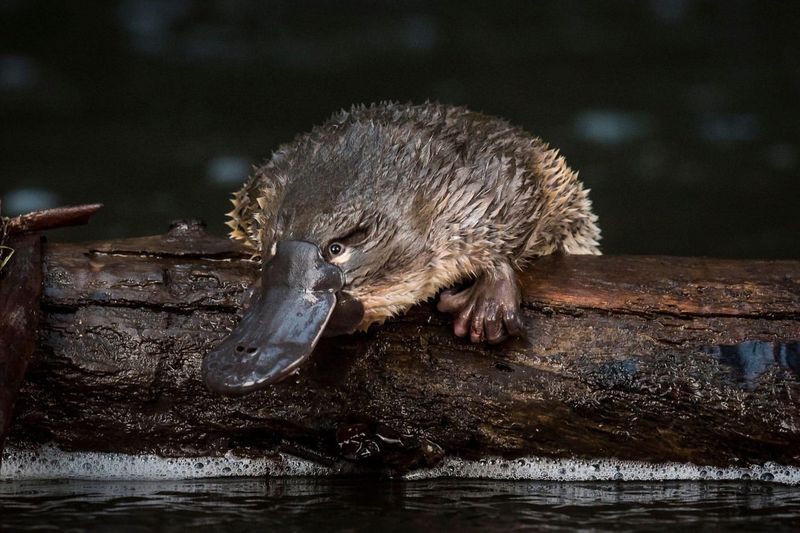
The platypus is a truly remarkable animal, standing alone in its class. It is one of only five species of monotremes, a group of egg-laying mammals, and it displays a combination of traits that set it apart from all other creatures.
With a bill like a duck, webbed feet, and the ability to produce venom, the platypus is an animal unlike any other in the world. It is native to Australia and has fascinated scientists and animal lovers alike for its unique blend of traits.
4. Kakapo
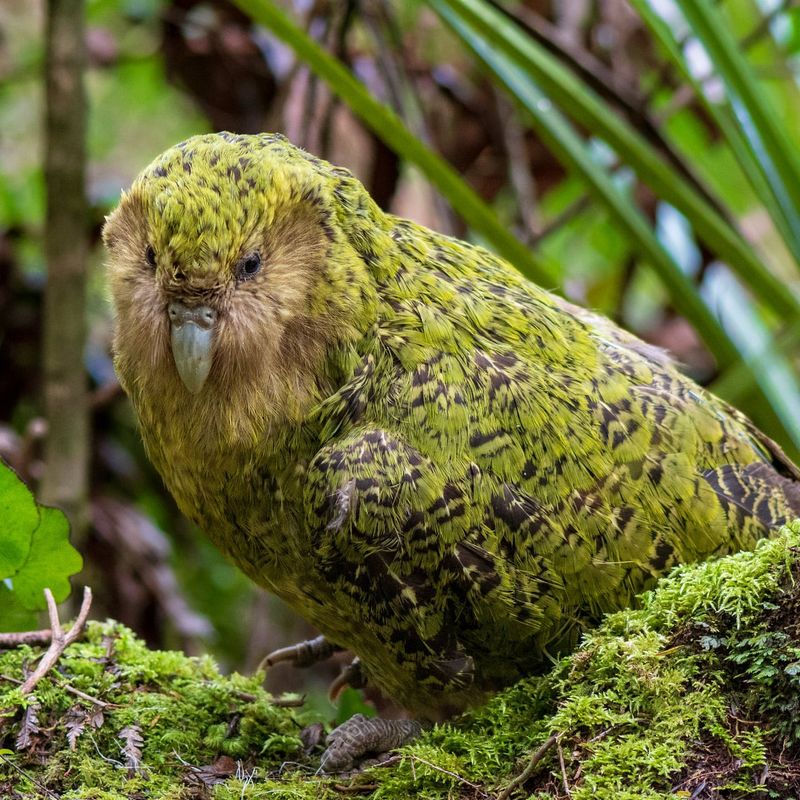
The Kakapo, also known as the owl parrot, is a flightless nocturnal parrot native to New Zealand. With its distinctive green feathers and large size, it is the world’s heaviest parrot.
Unfortunately, the Kakapo is critically endangered, with conservation efforts in place to protect its small remaining population. Its inability to fly and its strange, booming mating calls make it one of the most unique and remarkable species in the animal kingdom.
5. Aye-Aye
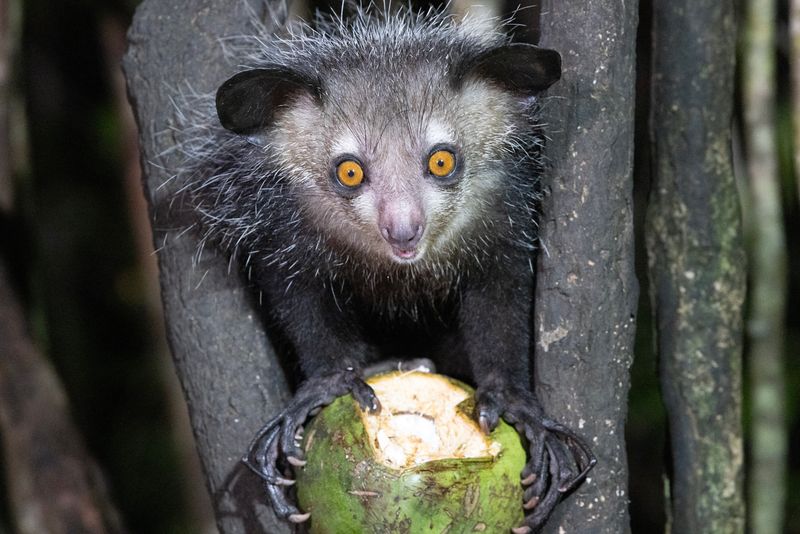
The Aye-Aye is a lemur found only on the island of Madagascar, known for its eerie appearance and incredible adaptation to its environment. It has an exceptionally long middle finger that it uses to tap on trees and locate insects hidden in the bark.
The Aye-Aye’s strange method of foraging and its rare status make it a truly unique and mysterious creature in the world of mammals.
6. Narwhal
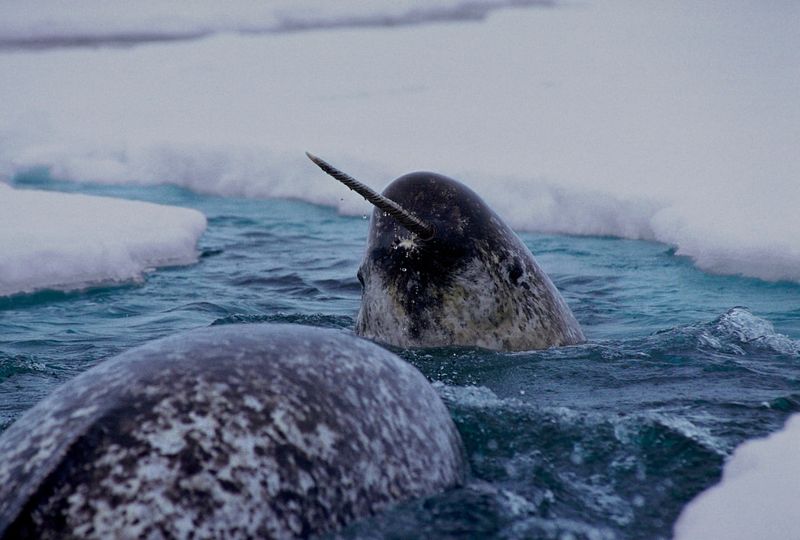
The Narwhal is often referred to as the “unicorn of the sea” due to the long, spiral tusk that males grow, which can reach up to 10 feet long. This tusk, which is actually an elongated tooth, is a striking feature of this marine mammal.
Native to the Arctic waters, the Narwhal’s distinctive appearance and adaptations to life in icy environments make it an animal that stands alone in its class.
7. Axolotl
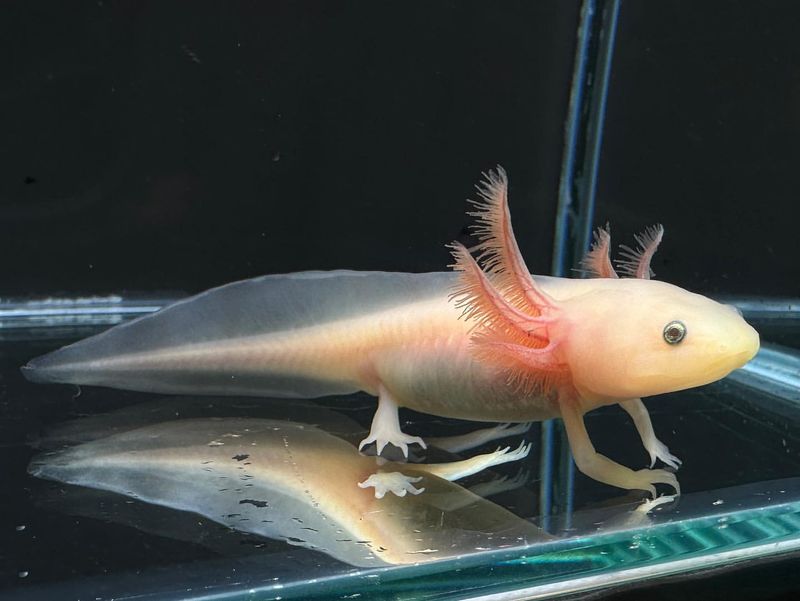
The Axolotl is a fascinating species of salamander native to Mexico, known for its ability to regenerate lost body parts, including limbs, heart, and spinal cord.
Unlike most amphibians, the Axolotl remains in its aquatic larval form throughout its life, making it a unique and enduring subject of scientific study. Its regenerative abilities and aquatic lifestyle set it apart from all other amphibians.
8. Pangolin
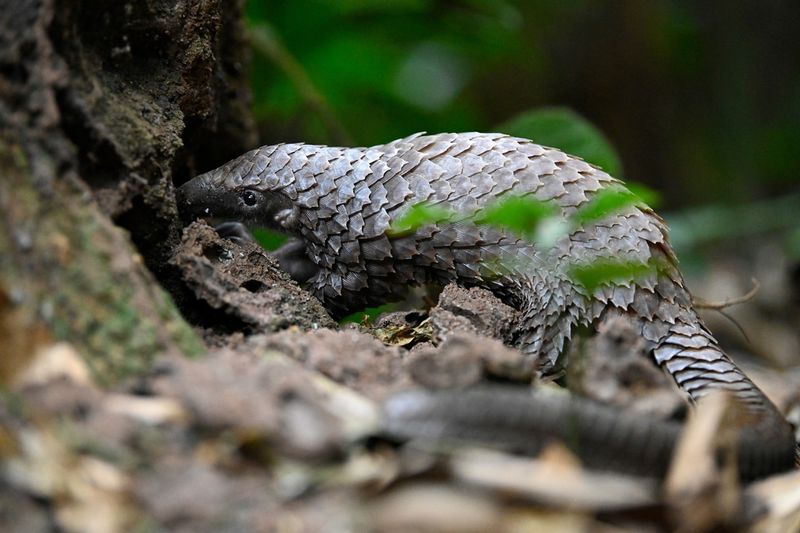
Scales made of keratin cover the Pangolin, a mammal that curls into a tight ball when threatened. Native to Asia and Africa, Pangolins are nocturnal feeders, devouring ants and termites with their long, sticky tongues.
Unfortunately, they are among the most trafficked animals globally due to their scales, but their fascinating appearance and vital ecological role make them a species worth protecting.
9. Saiga Antelope
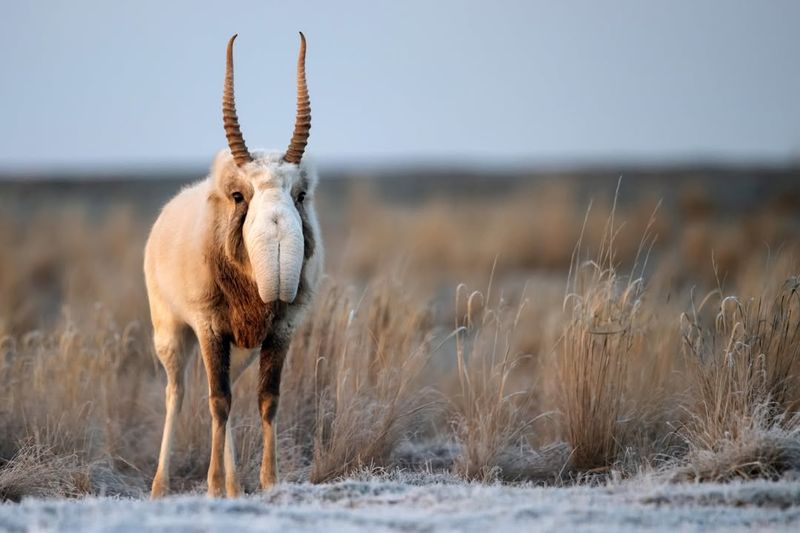
The Saiga Antelope, with its distinctive, bulbous nose, is a species found in Central Asia. This nose helps filter out dust and regulate the animal’s body temperature.
Sadly, the Saiga population has been declining due to habitat loss and disease, but it remains one of the most unique antelopes in the world, with its appearance and adaptations to life in harsh environments making it stand out in the animal kingdom.
10. Shoebill Stork
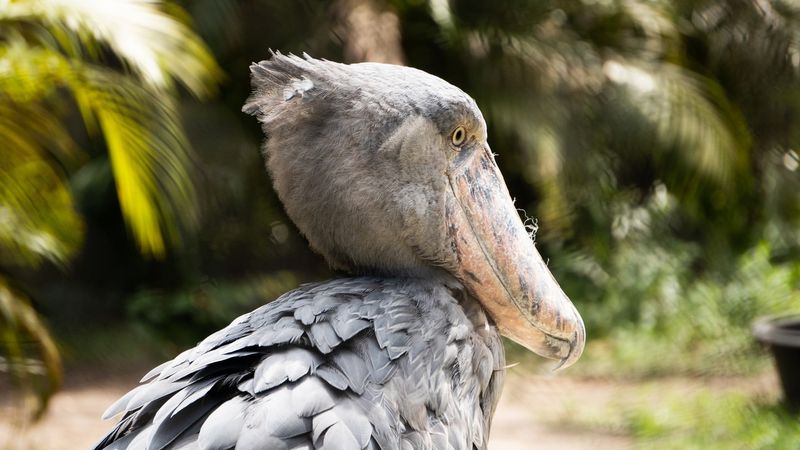
The Shoebill Stork is a large bird found in the swamps of central tropical Africa. With its massive, shoe-shaped bill, it stands out among other storks and herons.
This bird is a solitary hunter, using its bill to catch prey such as fish and amphibians. The Shoebill’s eerie gaze and formidable appearance make it a truly unique species in the avian world.
11. Red Panda
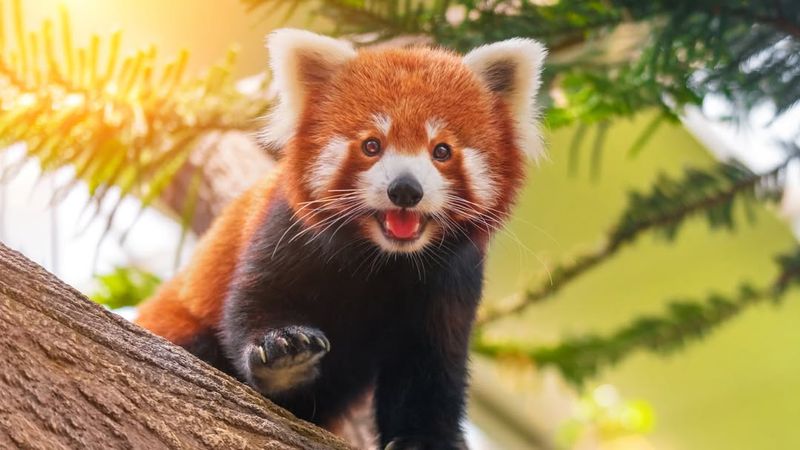
The Red Panda is a small, tree-dwelling mammal native to the eastern Himalayas and southwestern China. With its reddish-brown fur, bushy tail, and masked face, it has an adorable yet mysterious look.
Although it shares its name with the giant panda, the Red Panda belongs to a completely different family and is the only member of its genus, making it a unique and beloved creature in the animal kingdom.
12. Tufted Deer
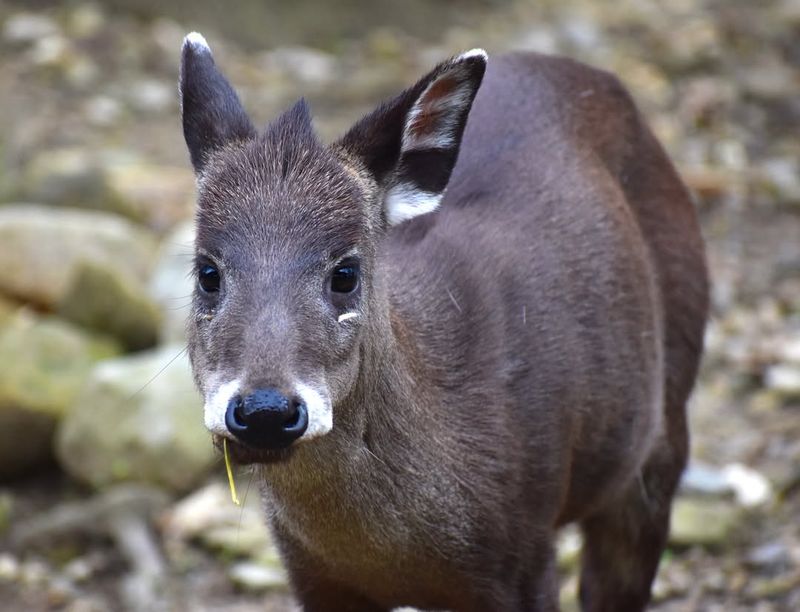
The Tufted Deer is a small deer species found in the forests of China and parts of Southeast Asia. It is distinguished by the tuft of hair on its forehead and its unique, short, spike-like antlers.
The Tufted Deer is a solitary and elusive species, often hard to spot due to its secretive nature and the dense forests in which it resides. Its unusual appearance and rare status make it an exceptional species in the world of deer.
13. Horseshoe Crab
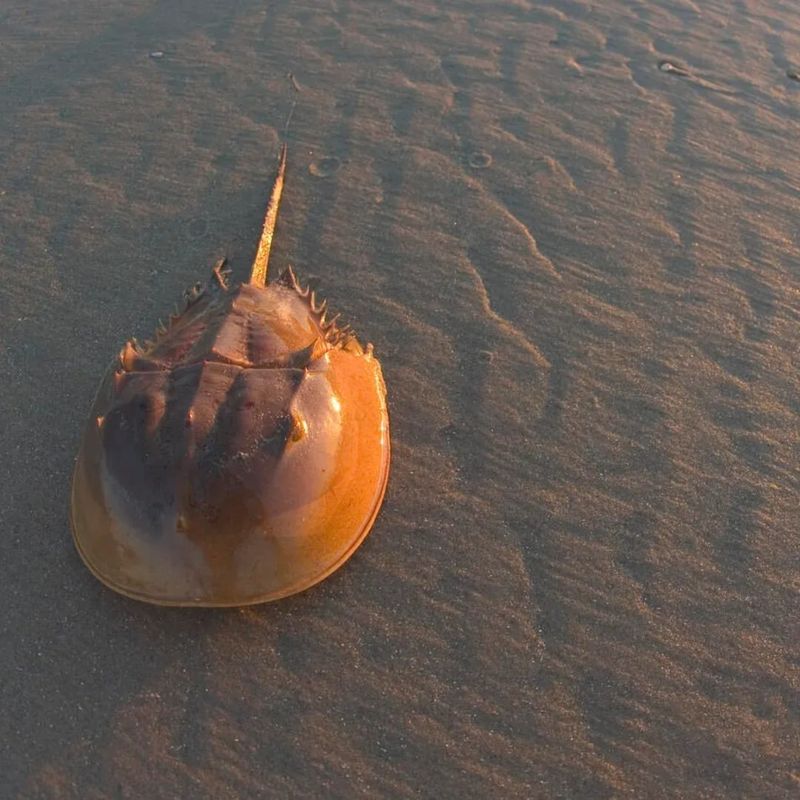
Despite its name, this creature isn’t a true crab but a living fossil that has existed for more than 450 million years. Its unique blue blood, used in medical testing, and its hard exoskeleton make it a remarkable species.
Found along the coastlines of North America and Asia, the Horseshoe Crab plays a crucial role in both ecological systems and modern medicine, earning it a spot as one of nature’s oddities.
14. Okapi
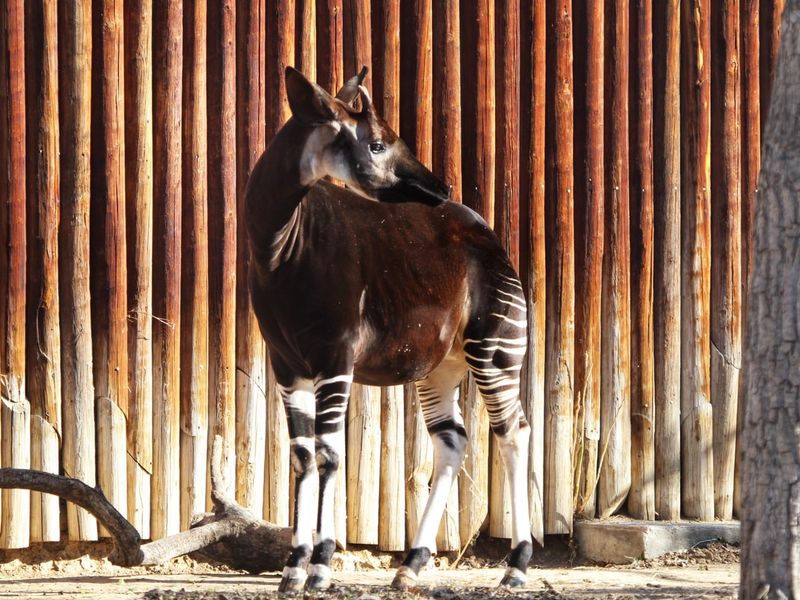
The Okapi, native to the dense rainforests of the Democratic Republic of the Congo, is often called the “forest giraffe.” Despite its zebra-like stripes on its legs, the Okapi is closely related to the giraffe, and its long neck helps it navigate through the thick forest underbrush.
Its elusive nature and beautiful coat, which combines the elegance of a giraffe with the camouflage of a zebra, make the Okapi a truly unique and mysterious animal.
15. Goblin Shark
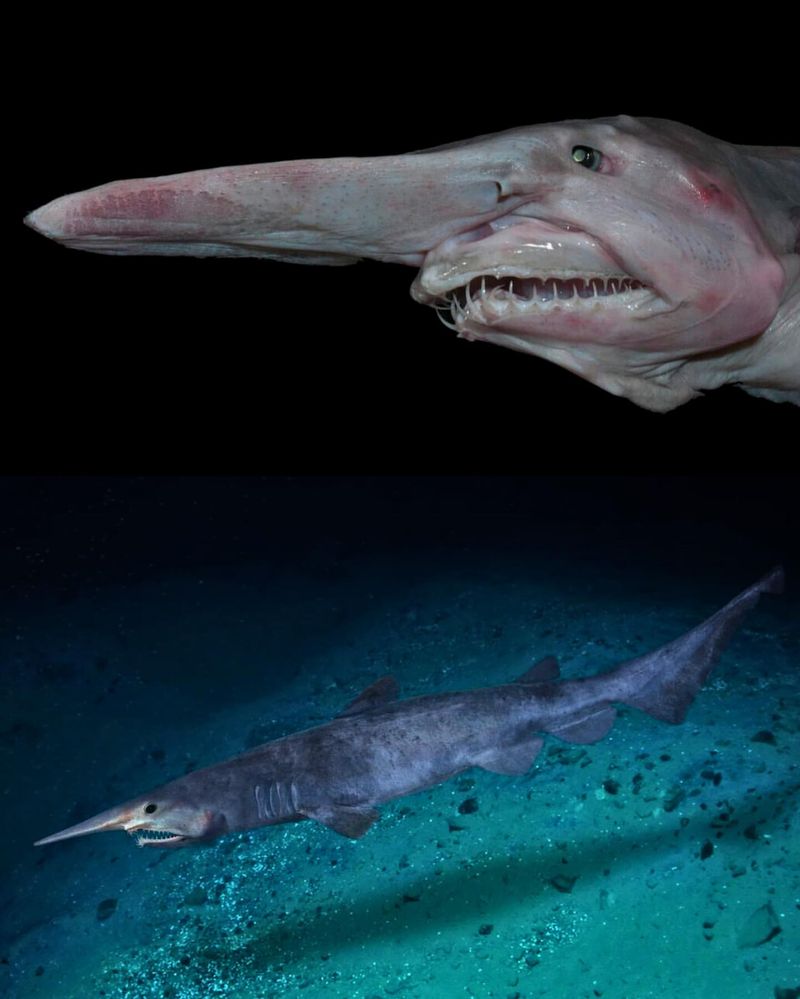
The Goblin Shark is a rare and unique species of deep-sea shark known for its elongated snout and jaw, which can extend to catch prey. This “living fossil” has been around for millions of years and is found in deep ocean waters, where its strange appearance helps it blend into its environment.
The Goblin Shark’s odd features and its mysterious lifestyle in the depths of the ocean make it one of the most bizarre creatures in the shark family.
16. Sun Bear
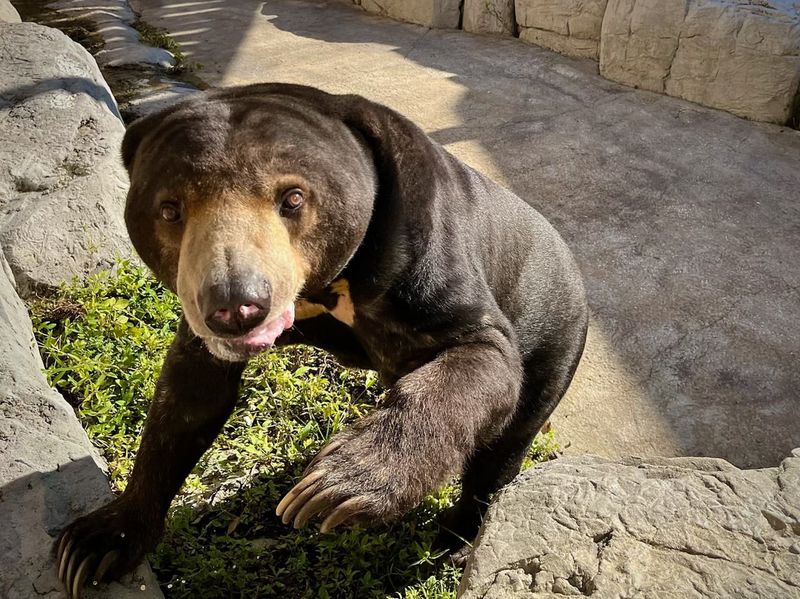
The Sun Bear is the smallest of all bear species, native to Southeast Asia. With its short black fur and distinctive orange or yellow crescent-shaped chest mark, it stands out among other bears.
Sun Bears are known for their agility and ability to climb trees, where they forage for fruit, insects, and honey. Their unique size and behaviors make them a fascinating and rare species within the bear family.
17. Tarsier
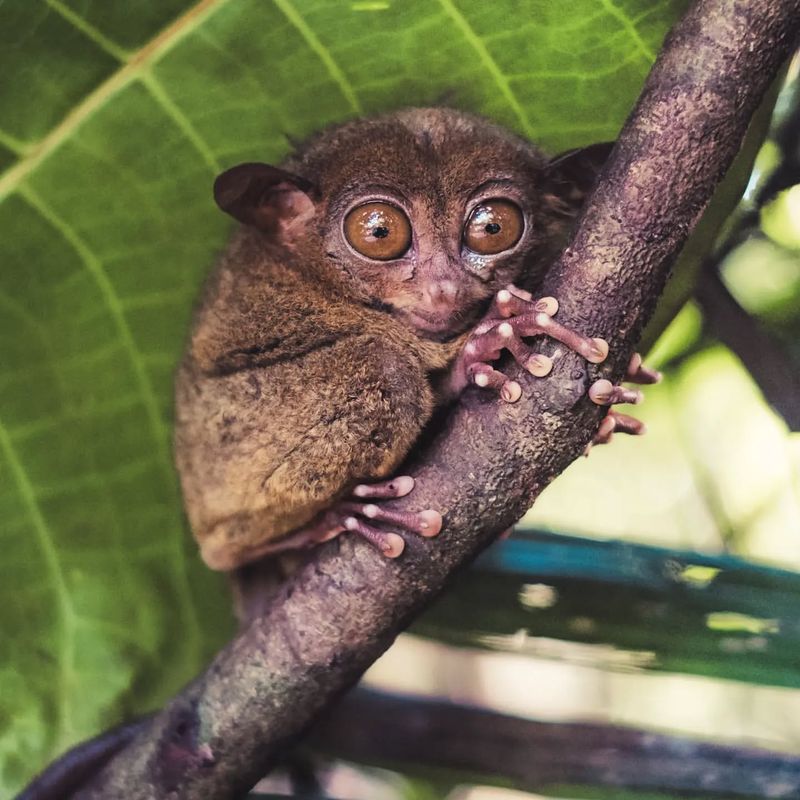
With enormous eyes that are larger than its brain, the Tarsier is a tiny primate that uses its exceptional vision to hunt insects in the dark. Native to Southeast Asia, it has unique abilities, such as rotating its head 180 degrees, which aids in locating prey.
This small primate’s distinct features and remarkable hunting skills make it a captivating example of evolution’s ingenuity.
18. Velvet Worm
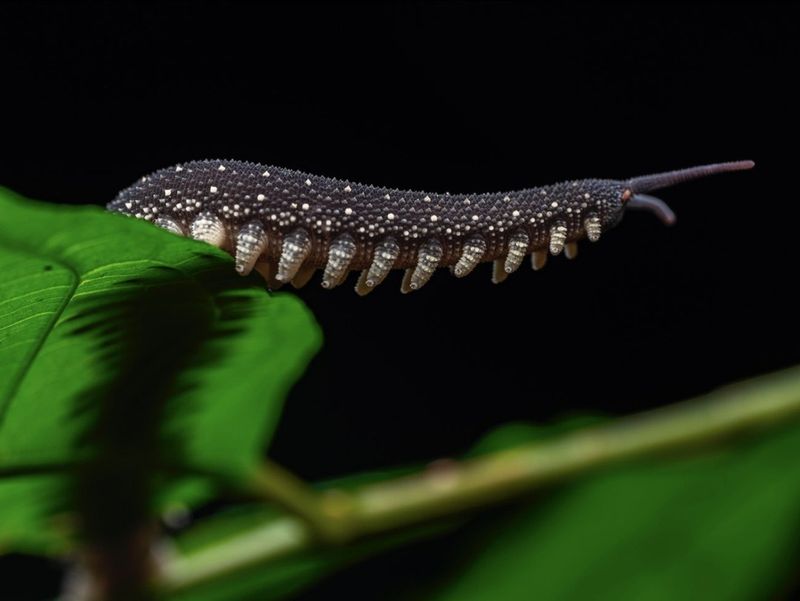
This ancient invertebrate looks like a miniature version of a creature from a fantasy story. Known for its ability to shoot a sticky substance from its glands to catch prey, the Velvet Worm is a fascinating species.
Found in rainforests, its soft, velvety body and hunting technique make it one of the most interesting creatures, surviving virtually unchanged for millions of years.
19. Echidna
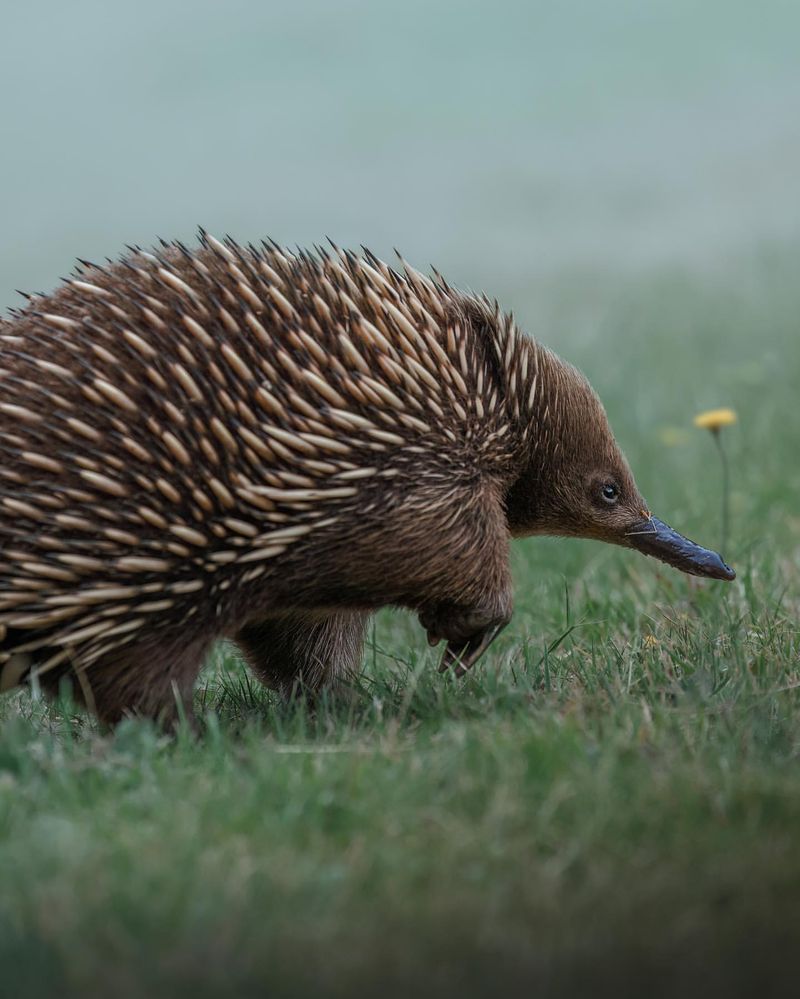
A creature that can lay eggs yet is a mammal, the Echidna stands out in the animal kingdom. Native to Australia, it is equipped with sharp spines for defense and a long, sticky tongue for catching ants and termites.
One of only five living species of monotremes, the Echidna’s reproductive method and unique adaptations make it an exceptional example of evolutionary diversity.
20. Olm
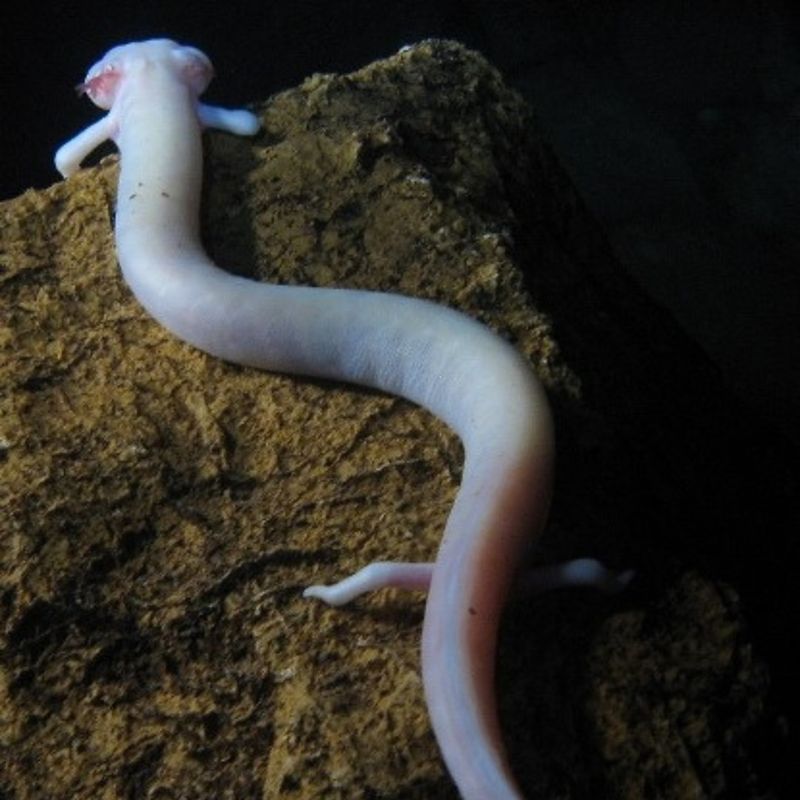
Living in the underground caves of Slovenia and Italy, the Olm has adapted to a life without light. Its blind, pale body and long lifespan are distinct features of this fascinating amphibian.
Though it relies on its keen sense of smell and touch to navigate, the Olm’s extraordinary ability to survive in total darkness sets it apart from nearly all other amphibians.
21. Solenodon
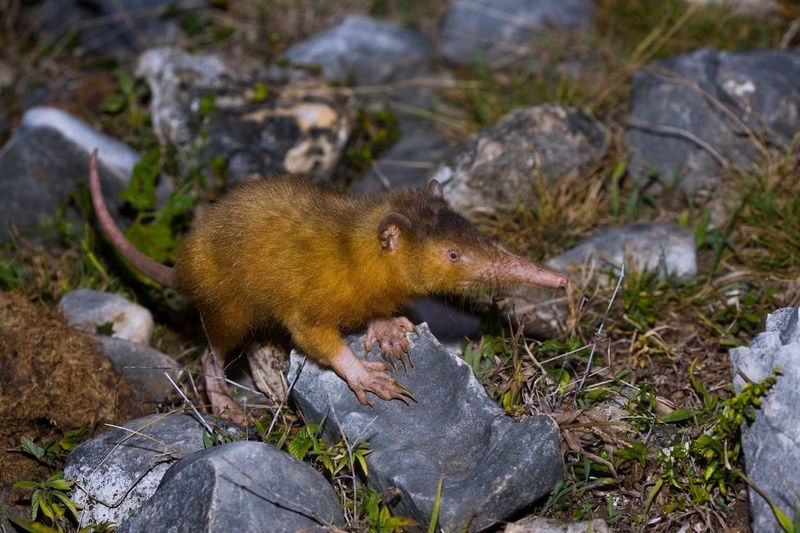
A nocturnal mammal found only in the Caribbean, the Solenodon is a living fossil, having changed very little over millions of years.
Known for its venomous bite and solitary behavior, this rare species is critically endangered. The Solenodon’s ancient lineage, combined with its unique characteristics, makes it a fascinating creature on the brink of extinction.
22. Secretary Bird
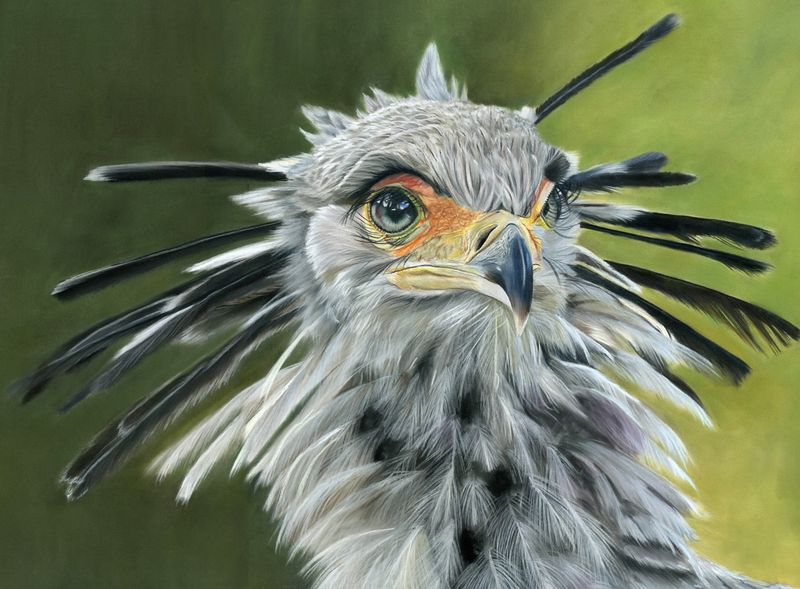
With its long legs and distinctive feathers, the Secretary Bird is a striking raptor found in sub-Saharan Africa. Known for its ability to hunt snakes and other prey, it uses powerful kicks to immobilize its victims.
The bird’s unique hunting method and striking appearance make it one of the most extraordinary raptors in the world.
23. Mimic Octopus
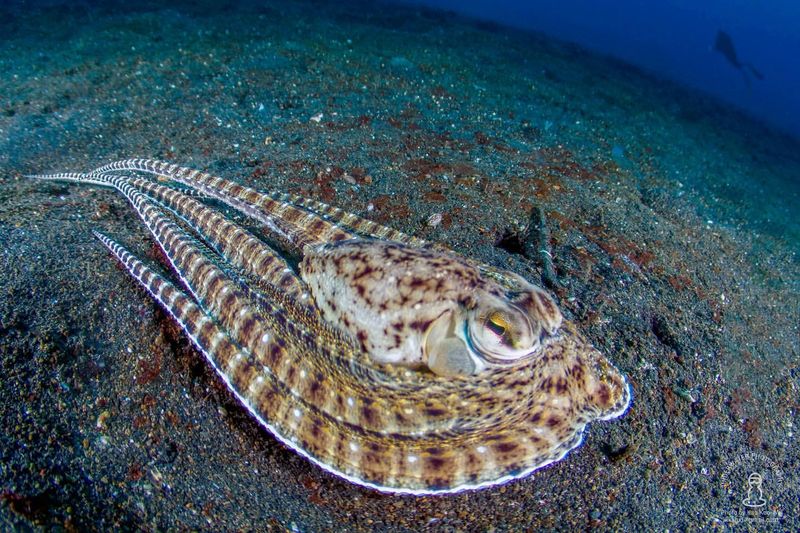
This remarkable octopus has the ability to mimic other animals in the ocean, such as lionfish and flatfish, to avoid predators or confuse prey.
With its color-changing abilities and flexible body, the Mimic Octopus can imitate a variety of sea creatures, making it one of the ocean’s most unique and adaptable species.
24. Gharial
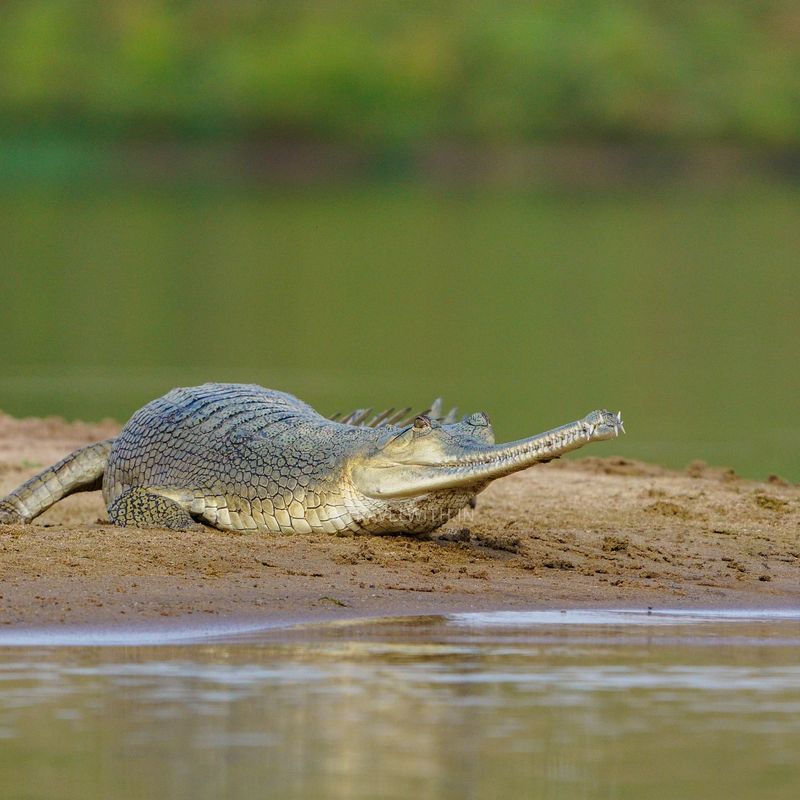
Characterized by its long, narrow snout, the Gharial is a species of crocodilian found in the rivers of the Indian subcontinent.
Unlike other crocodiles, it primarily feeds on fish, using its specialized jaws to snatch prey with precision. This unique adaptation, along with its rarity, makes the Gharial an exceptional species in the crocodilian family.
25. Indian Purple Frog
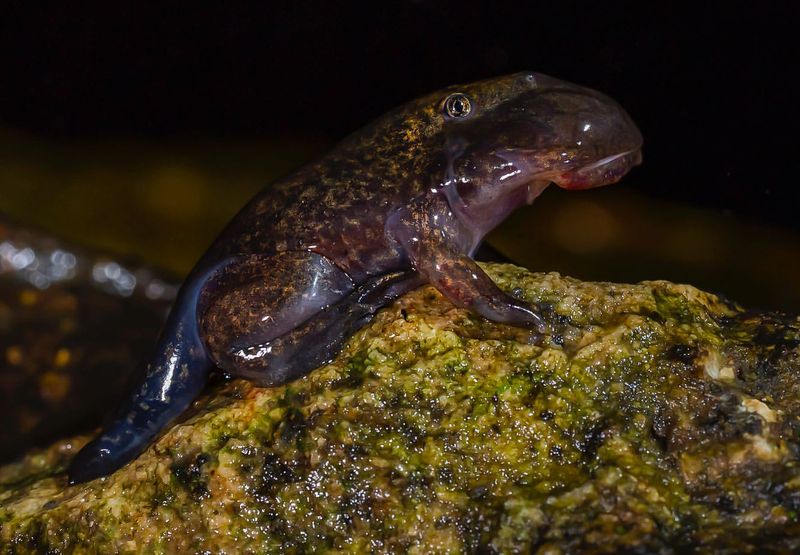
Endemic to the Western Ghats of India, the Indian Purple Frog spends most of its life underground, emerging only during the monsoon season to breed.
With its peculiar purple color and bloated body, this frog is unlike any other. Its underground lifestyle and rare appearances make it an exceptional example of nature’s diversity.
26. Leafy Sea Dragon
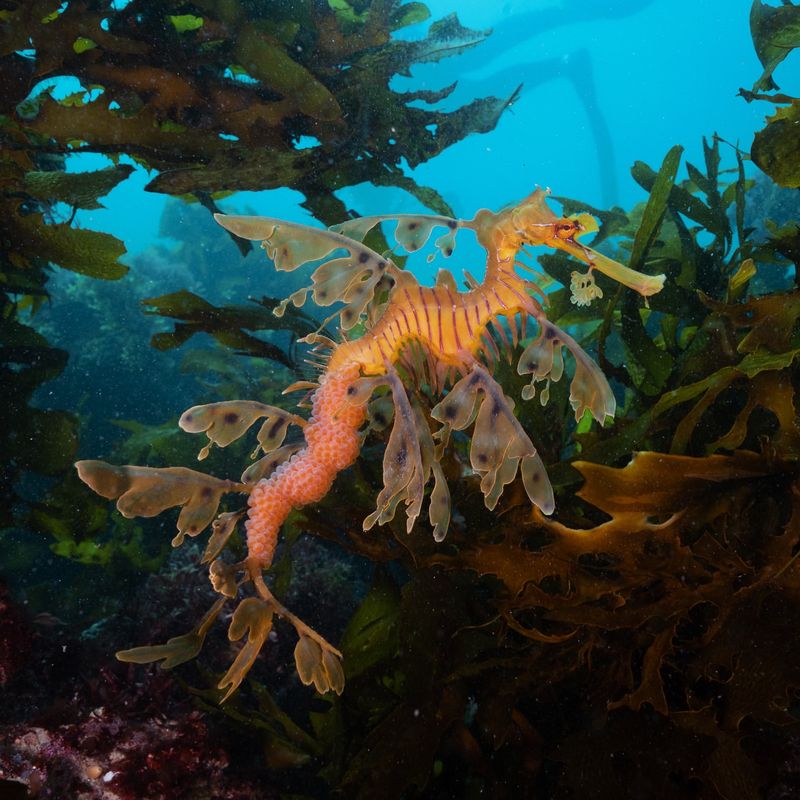
Resembling floating seaweed, the Leafy Sea Dragon is a master of camouflage. Found in the waters of Australia, its leaf-like appendages help it blend seamlessly into the underwater flora.
This remarkable creature, with its delicate beauty and intricate features, stands out as one of the most unique and captivating marine animals in the world.
27. Monito del Monte
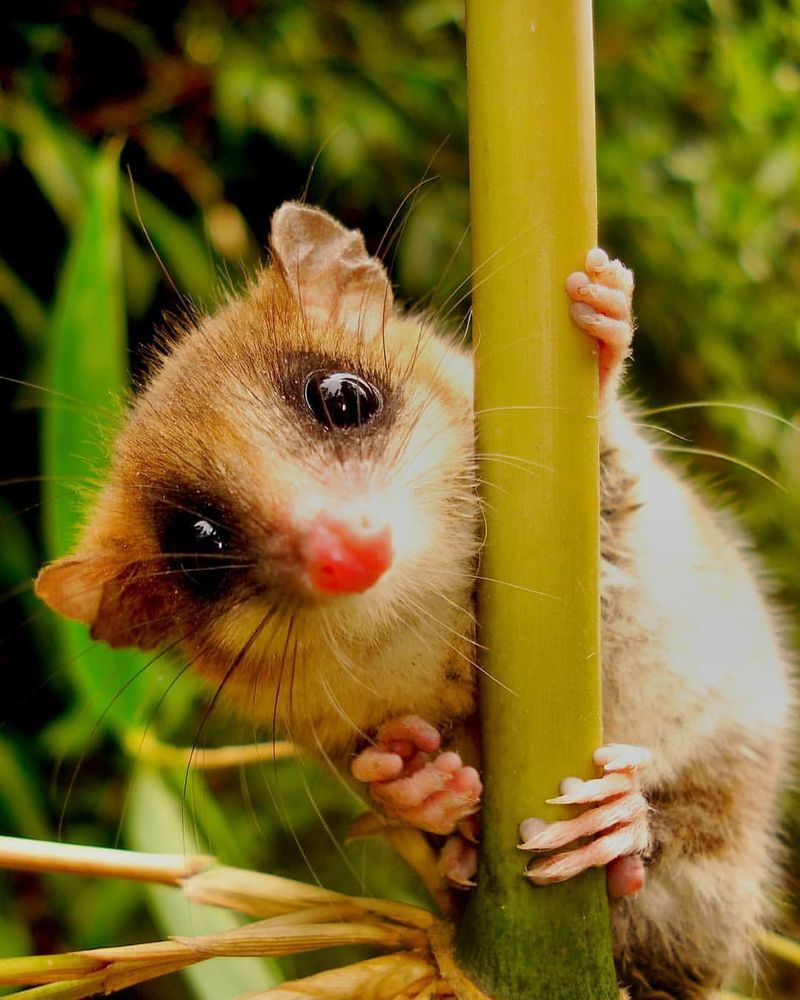
Known as the “little monkey of the forest,” the Monito del Monte is a small marsupial native to the temperate rainforests of Chile and Argentina. Its nocturnal habits and unique reproductive cycle make it an outlier among marsupials.
This tiny, elusive creature is one of the last survivors of an ancient group of marsupials, making it a living relic of evolutionary history.

